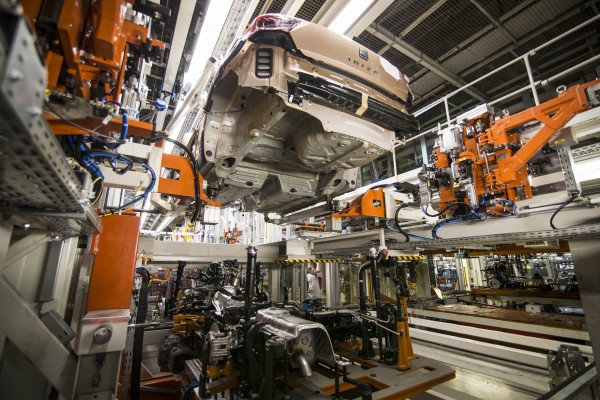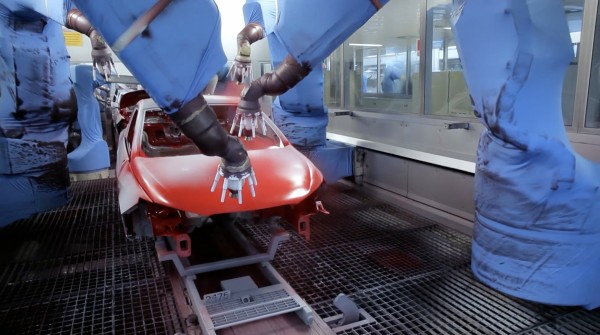Seat wants to chop its environmental footprint in half by 2025
Spanish car manufacturer says it already uses half the energy to make each car compared with most other carmakers

Seat is aiming to dramatically cut its environmental footprint in the next eight years.
The Spanish car manufacturer wants its consumption and emissions figures from 2010 reduced by 50 per cent before 2025.
It is well on track, as its interim target of reducing its footprint by 25 per cent by 2018 was achieved last year after cutting emissions by 33.6 per cent.

To measure its impact on the environment, Seat looks at five key “indicators”. These are energy and water consumption, generation of waste, volatile compounds and carbon dioxide.
Diving deeper into those figures, Seat says it has reduced CO2 emissions by 66.2 per cent by recovering heat during the production process, using air conditioning more efficiently and purchasing green energy.
Other measures, such as installing new filters in the machine that tests the water tightness of cars, have helped reduce water consumption by 22.5 per cent.
Dr. Andreas Tostmann, Seat vice president for production, said: “In 2016 we invested close to 23 million euros (£23m) to improve our environmental performance.

“It is a great satisfaction to be able to claim today that we have already reached the goal we set for ourselves for 2018 and that we have an ambitious target for 2025.”
Seat is part of the Volkswagen Group, which has made addressing its impact on the environment one of its key concerns following Volkswagen’s diesel emissions scandal.
Elsewhere in the group, the likes of Audi and Porsche have teamed up to build shared electric car platforms for the future, while Volkswagen itself has invested heavily in adding electrified options to its model line-up.





